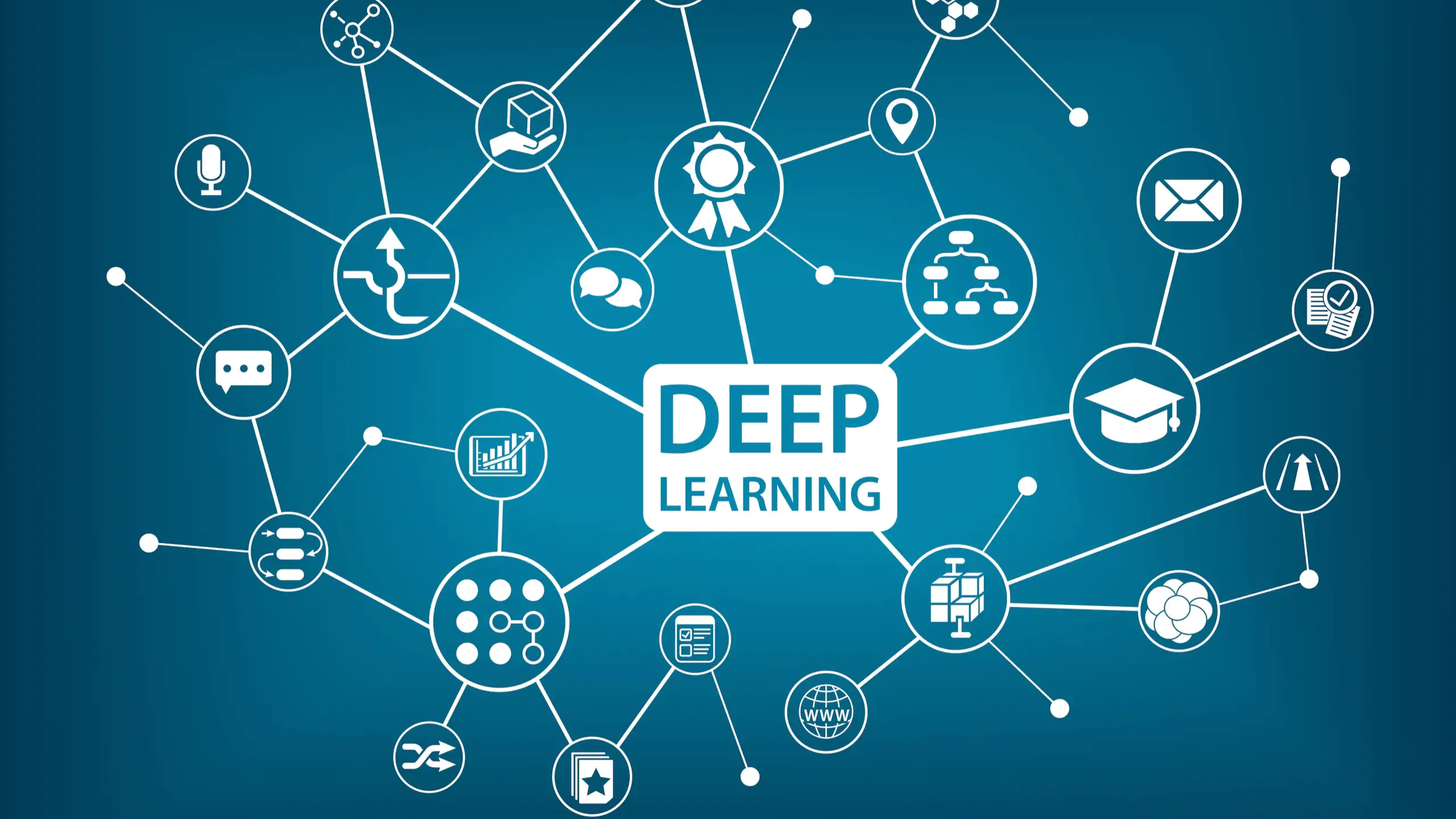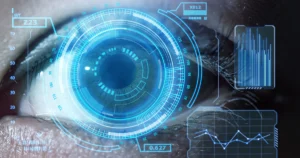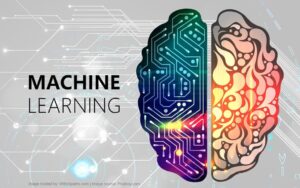Deep learning is a powerful aspect of artificial intelligence (AI) and allows computers to process and interpret data in a way that closely resembles the human brain. It uses multi-layered neural networks to learn complex patterns and relationships from vast amounts of data. The word “deep” describes this multi-layered processing, where each layer uses raw data to discover higher-level features. Deep learning is crucial for its ability to recognize images, interpret audio, and understand natural language with exceptional accuracy. Deep learning is an important concept for anyone new to artificial intelligence, as it underlies many of the most advanced technologies we use today.
How Deep Learning Works
Deep learning is based on the idea of using artificial neural networks to mimic the way humans think. These networks consist of multiple layers of interconnected nodes (or “neurons”). The first layer takes raw data and sends it to deeper layers to search for more general patterns. In image recognition, for example, the first layer can detect shapes and boundaries, while deeper layers can detect objects or even specific faces. Each neuron assigns a weight to its input, and the network modifies these weights through a process called backpropagation to reduce errors. The more data it processes, the better the network discovers patterns and makes predictions. A key reason for the popularity of deep learning is its ability to improve itself.
The Importance of Data for Deep Learning
Deep learning systems need data to function. Deep learning requires large amounts of labeled or well-structured data to function properly, unlike traditional methods that can handle smaller data sets. This is because neural networks have multi-layered structures, requiring numerous examples to learn and prevent errors that occur when training is insufficient. The quality of the data is just as important as the quantity; clean, unbiased, and relevant data ensures that the network can learn correctly. Speech recognition systems, for example, require thousands of hours of recordings of different speakers to understand different accents, intonations, and speech patterns. Without high-quality data, even the best deep learning models cannot deliver reliable results.
Important Real-World Applications of Deep Learning
Many companies are using deep learning to solve complex problems and automate tasks. In healthcare, deep learning helps doctors accurately diagnose diseases using medical images. It helps self-driving cars recognize objects, understand traffic signs, and predict people’s direction of travel, enabling autonomous driving. Deep learning models can identify fraudulent transactions and help assess financial risks. In the entertainment industry, it supports systems that recommend movies, music, and games. Deep learning can even improve chatbot customer service, making them more conversational and context-aware. These applications demonstrate how deep learning is evolving from the laboratory to real-world solutions that impact millions of people.
Deep Learning Challenges
Deep learning is powerful, but it also presents some challenges. One of the most significant is that it requires enormous amounts of data and processing power, which can be costly and time-consuming. Training a large deep learning model on specialized hardware can take days or even weeks. Another problem is the “black box” problem, which makes it difficult to understand how the model makes its choices. This lack of transparency can be a problem in important sectors such as law enforcement and healthcare. Moreover, deep learning algorithms can be unfair or make mistakes if the training data is not diverse or representative. To apply deep learning responsibly, we must address these problems.
The Future of Deep Learning
Extensive research is currently underway to make deep learning models faster, more understandable, and more usable. This bodes well for the future. Technological advancements, such as faster processors and lower-power circuits, will make model training cheaper and faster. Transfer learning is also gaining popularity. This allows models to use knowledge gained from one task to perform another, reducing the need for large datasets. As deep learning develops, it will be crucial for emerging technologies such as intelligent robotics, augmented reality, and personalized healthcare. However, it is equally important to consider ethical considerations to ensure that deep learning benefits everyone.
Conclusion
Deep learning has transformed the field of artificial intelligence, enabling machines to learn to recognize complex patterns in massive amounts of data. Its ability to process unstructured data, automatically identify features, and work with a wide range of applications makes it one of the most useful and powerful technologies currently available. Deep learning makes technology smarter and more responsive, driving innovation in healthcare and entertainment. While deep learning has enormous potential, challenges remain, such as data requirements, high computational costs, and ethical concerns. As research and development progress, deep learning can become even more integrated into our lives and help us address challenges once thought only humans could solve.
FAQs
1. Can you provide a concise definition of deep learning?
Deep learning is a form of artificial intelligence that uses multi-layered neural networks to learn from large amounts of data and make choices or guesses.
2. How does deep learning differ from conventional machine learning?
Machine learning typically requires manual feature extraction. Deep learning, on the other hand, can automatically extract features from raw data, making it more suitable for processing unstructured data such as images and sounds.
3. What are some current applications of deep learning?
Examples of current applications of deep learning include voice assistants, facial recognition, medical image analysis, self-driving cars, and language translation applications.
4. Does deep learning require a large amount of information?
Yes, deep learning generally requires large amounts of high-quality data to train effectively and produce accurate answers.
5. Will deep learning be the next big breakthrough in AI?
Deep learning is a key component of AI advancements and will likely remain a key component of intelligent technology in the future, although its development will continue to evolve as other AI approaches develop.




